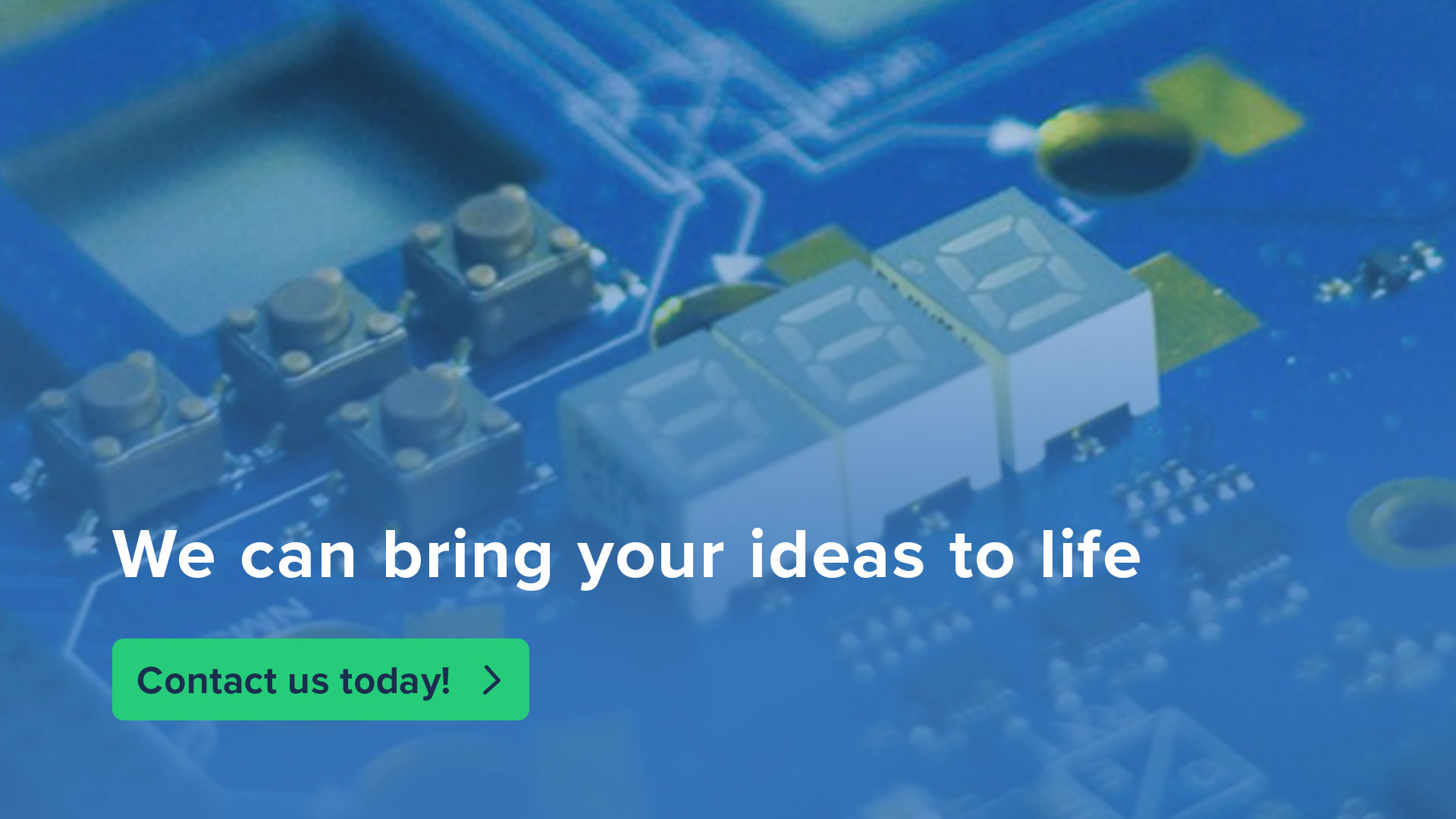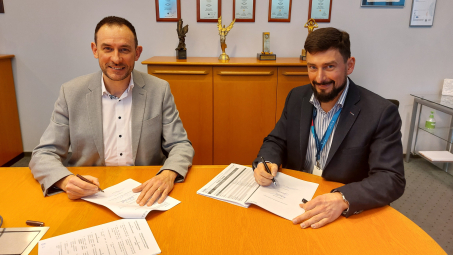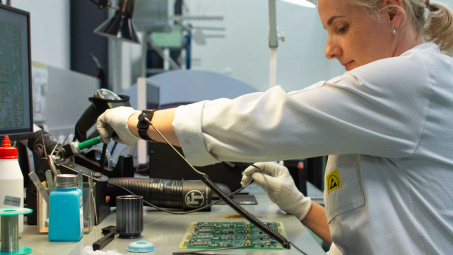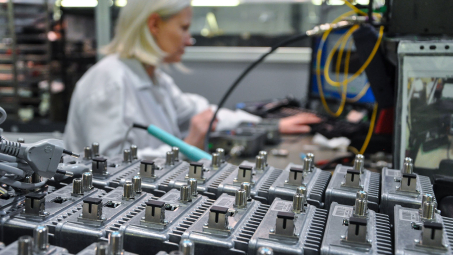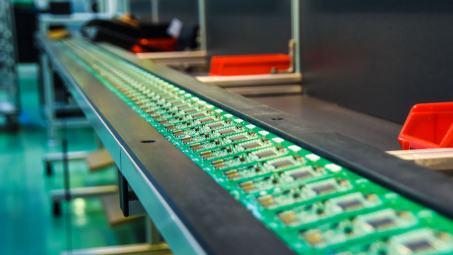Our mechanics keep the electronics safe and sound - case study
You stepped into the last stages of your project and already designed signal generators, so you are making yourself ready to send terabytes of data to the end users. Or, let us step backward, you want to distribute your new cutting-edge optical fibers but… with few favorable odds that you are going to connect them with coaxial RF connectors. Indeed, excitement dwindles much when we find ourselves in a system of the legacy infrastructure – old and dusty domestic wires long forgotten. It occurs, however, that there is a way out of such a technological despair with one simple move – even if your project has already arrived on an advanced stage.
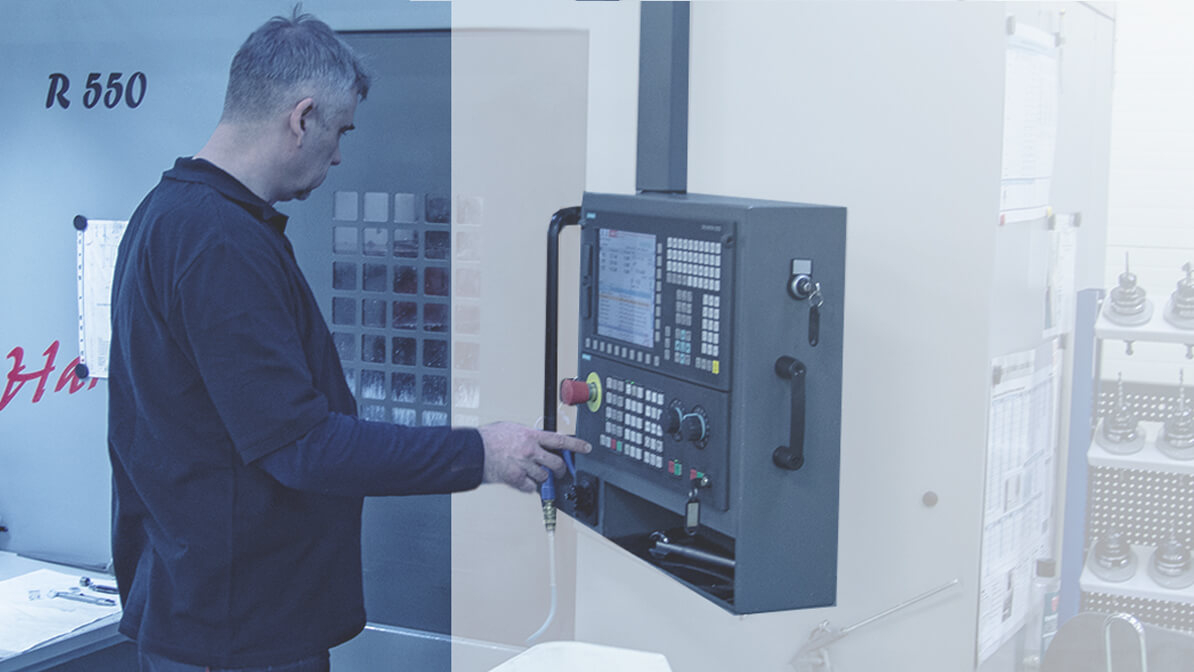
Challenge
What arrived to our factory
were nicely designed signal generators brimming with tech savvy which knew how
to prolong the path of digital signal running through optical fiber and get it
closer to end subscribers. So another chunk of distance for more effective
bandwidth got claimed! The final product was a rack-mount intended to work in
the outdoor cabinets and buildings. Even though in enclosure, there still had
to be considered the environmental influence.
From all of it, it can be
inferred that the signal generators were to leave behind the whole hardend and
anchor in the scattered municipalities. In the hardend, however, there was left
their whole monitoring. Thanks to that, no operator or signal provider must
empty their pockets for keeping the maintenance of the land parcels where once
big generators stood. Moreover, they do not need to keep switching in signal
generators from optical fibers to radio frequency connectors so more bytes and
more data may speed to the demanding end users. All that is undeniably good and
great, but with storing this technology outside in the cities come a few
impediments… Therefore, VECTOR BLUE HUB team rolled up their sleeves and got to
work so that the electronics inside was safe and sound.
The challenge, then, broke down into two
We needed to implement the
client’s standardization of work and project incrementation – all that
exercised the flexibility of our process
The project called to almost
entirely work in mechanics – an unusual setting for us but thanks to our years
of experience we knew what the electronics inside needed to be secured in their
future environment.
What we did:
We planned the separate
modules to be stored in the chassis in order to:
- distribute
the temperature evenly while the whole device works,
- repel
humidity in a variable environment
- ensure
compliance with electromagnetic compatibility standards
- enable easy mounting in the final destination
Moreover, we designed the
system that is going to manage the electronics inside in order to:
- obtain
statistics on the device’s conditions
- provide the
power to the device
- group all the modules so that they can send one signal and communicate with the Access Platform
In the result, from the signal
generators we got one device which can work in a variable environment and
communicate with the headend. Despite working on a project which came to us in
a specified shape, we could easily slide into its course thanks to our process.
We passed feasibility studies and prepared ourselves to secure the received
electronics with mechanics and the controlling system.




